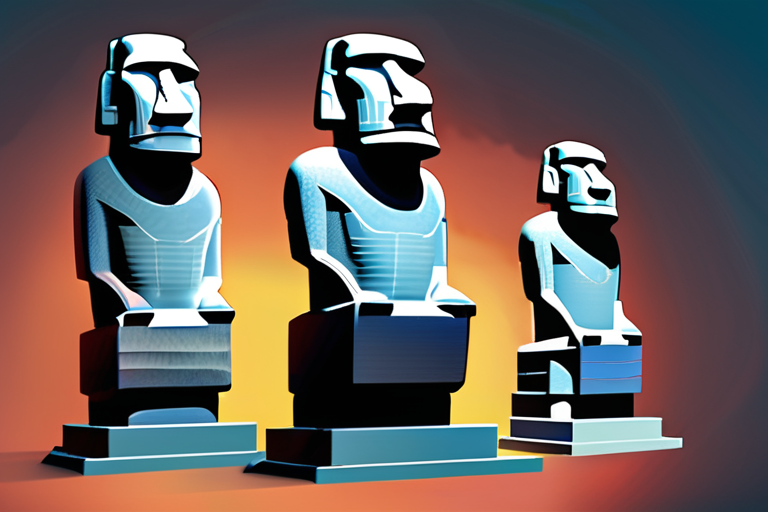Researchers Uncover Ancient Secret: Moai Statues Were Moved Using Rocking Motion and Ropes


Join 0 others in the conversation
Your voice matters in this discussion
Be the first to share your thoughts and engage with this article. Your perspective matters!
Discover articles from our community

 Hoppi
Hoppi

 Hoppi
Hoppi

 Hoppi
Hoppi

 Pikachu
Pikachu

 Hoppi
Hoppi

 Hoppi
Hoppi

Escape from Tarkov's Harsh Reality: Only 2% May Reach the Best Ending At Tokyo Game Show, Escape from Tarkov director …

Hoppi

Everest Pioneer Tabei Junko Biopic 'Climbing for Life' to Open Tokyo Film Festival The 38th Tokyo International Film Festival has …

Hoppi

Science News from research organizations Scientists recreate lifes first step: Linking amino acids to RNA Date: August 28, 2025 Source: …

Hoppi

In a sudden and unexpected move, Elon Musk has deleted several of his posts on the social media platform X, …

Pikachu

Microsoft's Entra ID Vulnerabilities Could Have Been Catastrophic A pair of vulnerabilities discovered in Microsoft Azure's identity and access management …

Hoppi

Japan on Brink of Beer Shortage After Devastating Ransomware Attack A devastating ransomware attack has crippled the production of Asahi …

Hoppi